Section I: General
1. Concepts in veterinary toxicology
2. Toxicokinetics
3. Factors affecting chemical toxicity
4. Toxicological testing: in vivo and in vitro models
5. Epidemiology of animal poisonings in the United States
6. Epidemiology of animal poisonings in Europe
7. Epidemiology of animal poisonings in Asia
8. Chemicals of terrorism
9. Regulatory considerations in veterinary toxicology
10. Regulatory aspects for the drugs and chemicals used in food-producing animals in the European Union
11. Regulatory aspects for the drugs and chemicals used in Japan
12. Statistics in veterinary toxicology
13. Computational modeling in veterinary toxicology (New chapter)
14. Toxicology and the law
Section II: Organ Toxicity
15. Nervous system toxicity
16. Respiratory toxicity
17. Cardiovascular toxicity
18. Liver toxicity
19. Renal toxicity
20. Reproductive toxicity and endocrine disruption
21. Placental toxicity
22. Dermal toxicity
23. Blood and bone marrow toxicity
24. Immunotoxicity
Section III: Nanoparticles, Radiation and Carcinogens
25. Toxicity of nanomaterials
26. Ionizing radiation and radioactive materials in health and disease
27. Carcinogenesis: mechanisms and models
Section IV: Drugs of Use and Abuse
28. Toxicity of over-the-counter drugs
29. Toxicity of drugs of abuse
Section V: Metals and Micronutrients
30. Aluminum
31. Arsenic
32. Cadmium
33. Chromium, iodine and phosphorus
34. Copper
35. Fluoride
36. Iron
37. Lead
38. Manganese
39. Mercury
40. Molybdenum
41. Selenium
42. Sodium chloride (salt)
43. Sulfur
44. Zinc
Section VI: Insecticides and Molluscicides
45. Organophosphates and carbamates
46. Organochlorines
47. Pyrethrins and pyrethroids
48. Neonicotinoids
49. Amitraz
50. Fipronil
51. Macrocyclic lactone endectocides
52. Rotenone
53. Metaldehyde
Section VII: Herbicides and Fungicides
54. Toxicity of herbicides
55. Toxicity of fungicides
Section VIII: Rodenticides and Avicides
56. Anticoagulant rodenticides
57. Non-anticoagulant rodenticides
58. Avitrol
Section IX: Gases, Solvents and Other Industrial Toxicants
59. Toxic gases
60. Alcohols and glycols
61. Petroleum
62. Polychlorinated biphenyls, polybrominated biphenyls, polychlorinated dibenzo-p-dioxins, and polychlorinated dibenzofurans
63. Polycyclic aromatic hydrocarbons
64. Brominated flame retardants and perfluorinated chemicals
Section X: Environmental Toxicology
65. Principles of ecotoxicology
66. Avian toxicology
67. Aquatic toxicology
68. Toxicology and diversity of marine toxins
Section XI: Bacterial and Cyanobacterial Toxins
69. Botulinum neurotoxins
70. Enterotoxins
71. Cyanobacterial (blue-green algae) toxins
Section XII: Poisonous and Venomous Organisms
72. Terrestrial zootoxins
73. Mare reproductive loss syndrome
Section XIII: Estrogenic Toxicants
74. Chemical-induced estrogenicity
75. Phytoestrogens
Section XIV: Poisonous Plants
76. Poisonous plants of the USA
77. Poisonous plants of Europe
78. Poisonous plants of Australia and New Zealand
79. Cyanogenic plants
80. Nitrate and nitrite accumulating plants
81. Toxicity of yew (Taxus spp.) alkaloids
82. Oxalate-containing plants
83. Mushroom toxins
84. Datura species and related plants
85. Cottonseed toxicity
86. Fescue toxicosis
Section XV: Mycotoxins
87. Aflatoxins
88. Ergot
89. Fumonisins
90. Ochratoxins and citrinin
91. Slaframine
92. Tremorgenic mycotoxins
93. Trichothecenes
94. Zearalenone
Section XVI: Feed and Water Contaminants
95. Melamine and cyanuric acid
96. Ionophores
97. Nonprotein nitrogen (urea) and hyperammonemia
98. Water quality and contaminants
Section XVII: Diagnostic Toxicology
99. Basic concepts of analytical toxicology
100. Sample submission for toxicological analysis
101. Toxicoproteomics in diagnostic toxicology
102. Microscopic analysis of toxic substances in feeds and ingesta
Section XVIII: Prevention and Treatment
103. Prevention and treatment of poisoning
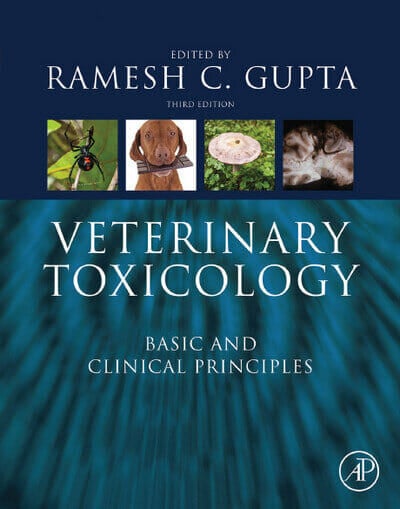



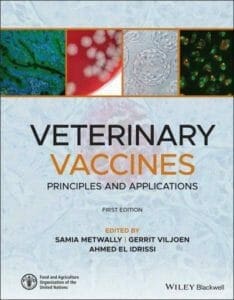
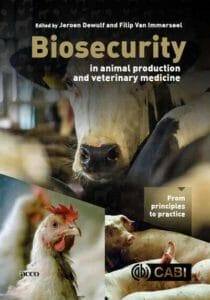
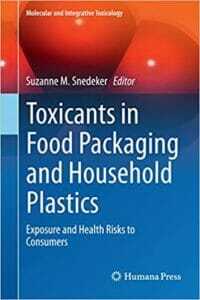
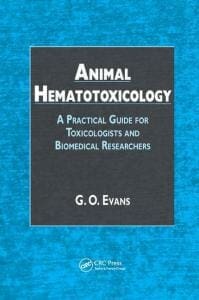

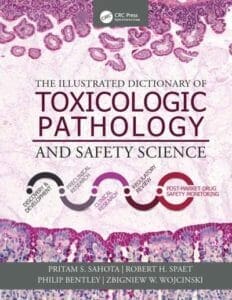




![Ettinger’s Textbook of Veterinary Internal Medicine 9th Edition [PDF+Videos] Ettinger’s Textbook of Veterinary Internal Medicine 9th Edition [True PDF+Videos]](https://www.vet-ebooks.com/wp-content/uploads/2024/10/ettingers-textbook-of-veterinary-internal-medicine-9th-edition-100x70.jpg)

![Textbook of Veterinary Diagnostic Radiology 8th Edition [PDF+Videos+Quizzes] Thrall’s Textbook of Veterinary Diagnostic Radiology, 8th edition PDF](https://www.vet-ebooks.com/wp-content/uploads/2019/09/textbook-of-veterinary-diagnostic-radiology-8th-edition-100x70.jpg)






